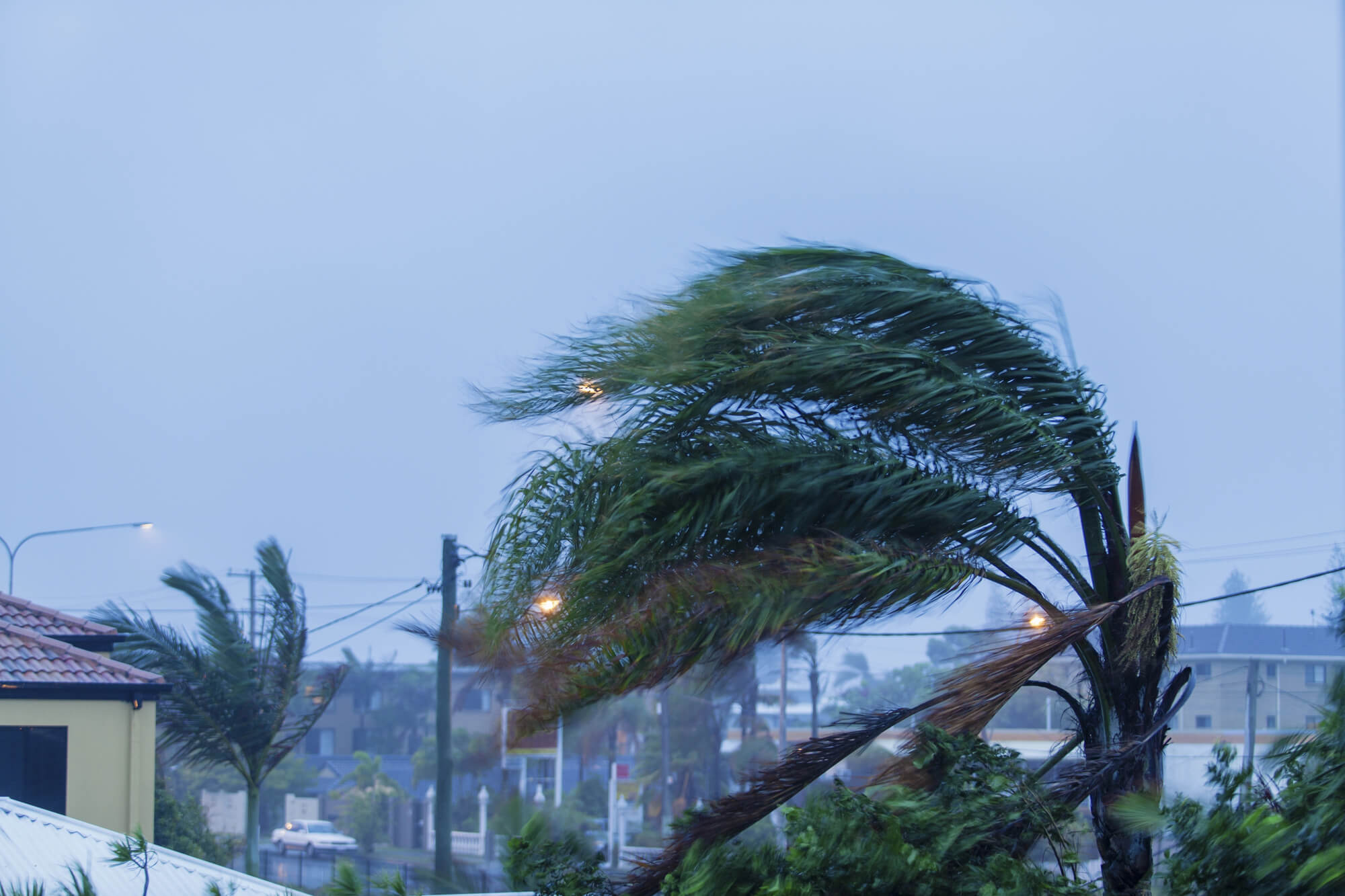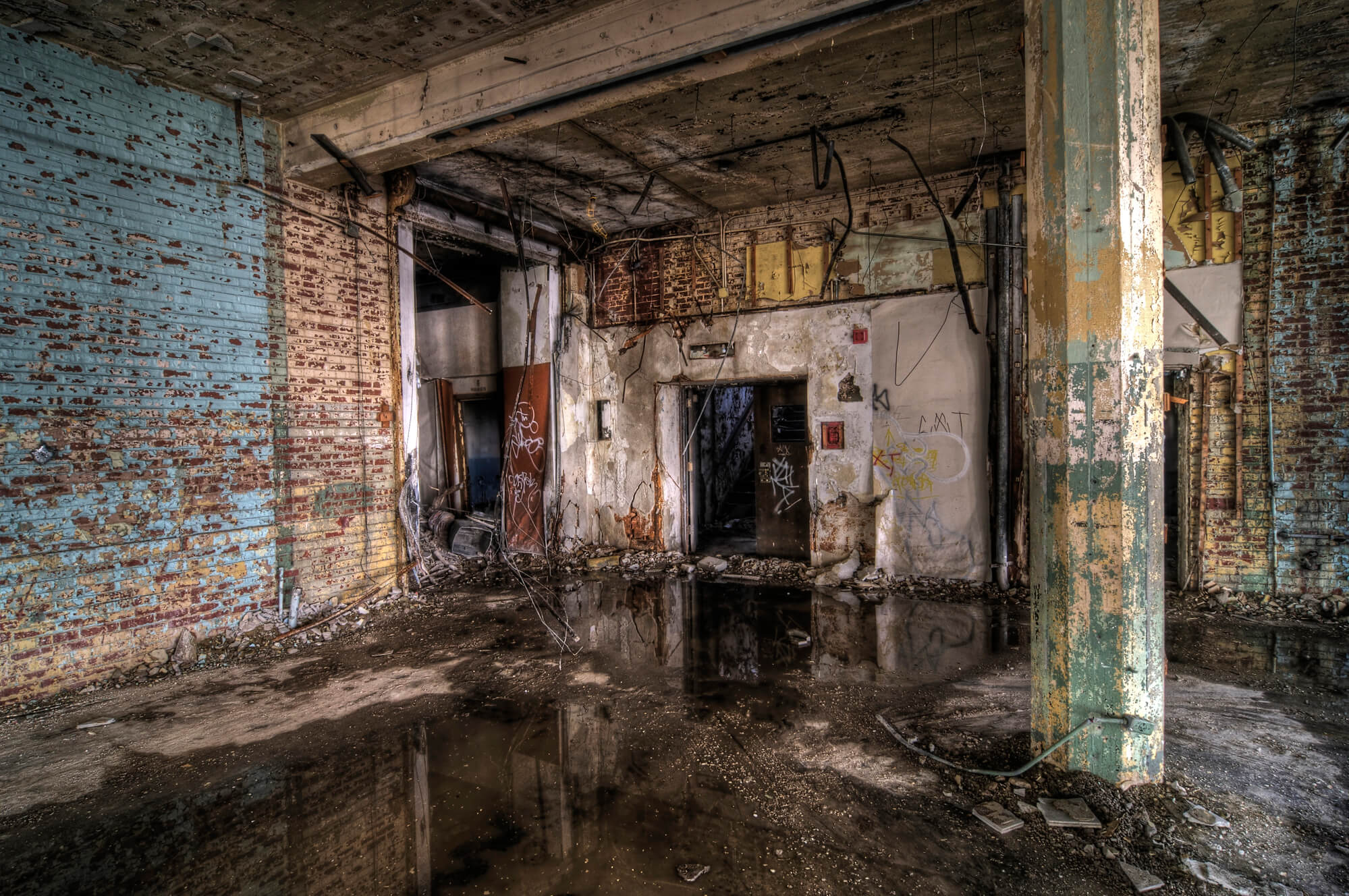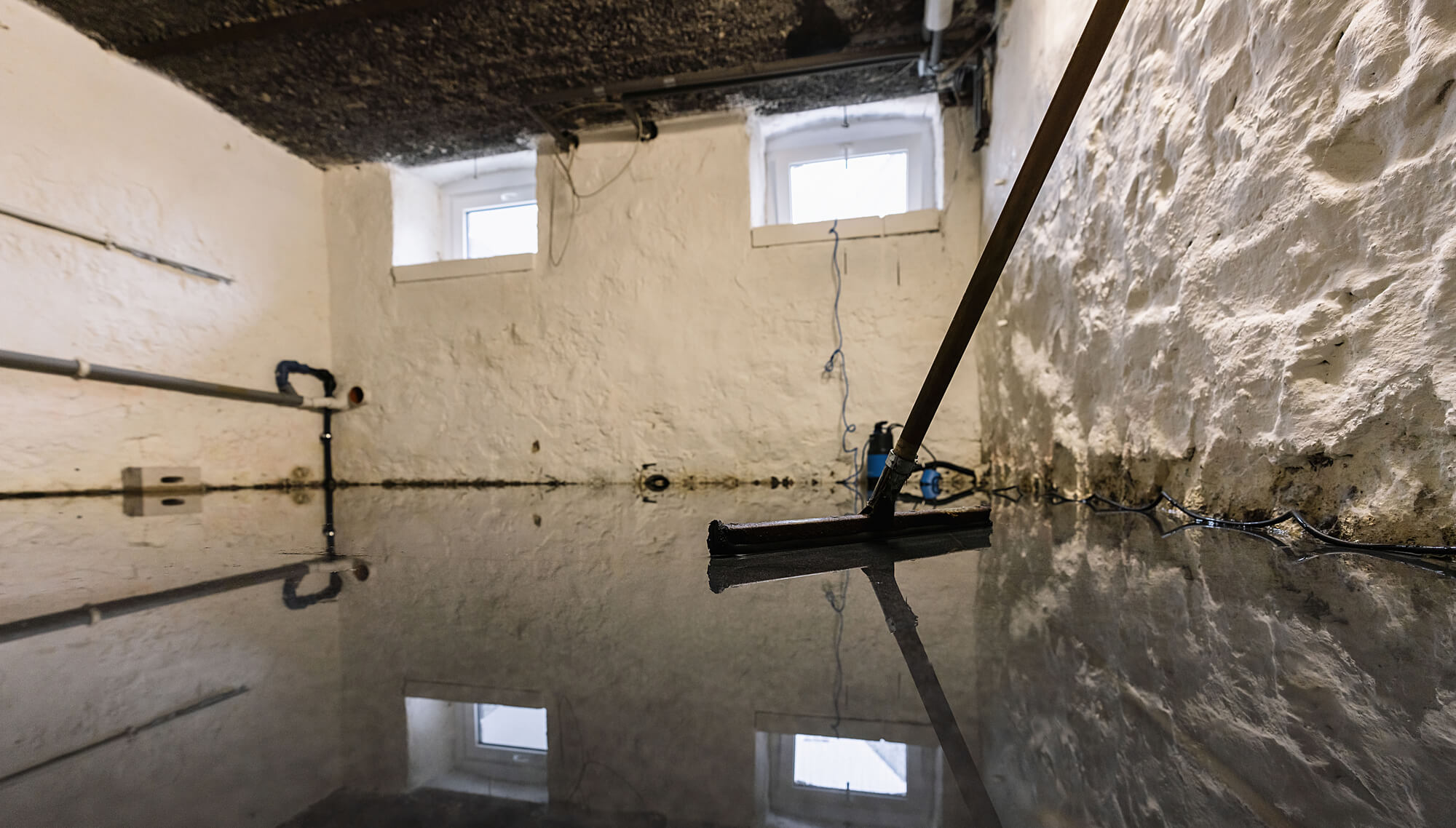December 31, 2025
Snow and Ice Management: Protecting Commercial Roofs and Building Exteriors from Winter Strain
Winter conditions like snow and ice create a very different operating environment for
As forecasts point to a tumultuous year in the tropics, all signs indicate that the 2024 Atlantic hurricane season could rival previous record-setting years in terms of storm and hurricane activity, directly impacting regions across the United States.
With the official commencement of the Atlantic hurricane season slated for June 1st, anticipation mounts for what lies ahead until the end of November.
Commercial buildings are vulnerable to damage from hurricanes and storms due to their large size and complex infrastructure. These weather events bring strong winds, heavy rain, and storm surges that can compromise the structural integrity of the properties. Roofs, in particular, are at risk, with shingles being torn off, tiles displaced, and underlying structures weakened.
In light of these realities, commercial property owners must prepare for the impending storms and hurricanes. Read on to learn the characteristics, causes, and effects of the predicted hurricane season, and how BlueTeam can help with storm damage restoration and mitigate the impact.

The 2024 Atlantic hurricane season is anticipated to be particularly active, with forecasts suggesting a historic level of storm and hurricane activity.
Last season, despite featuring 19 named storms, only four directly impacted the United States. Hurricane Idalia emerged as the standout, making landfall in Florida as a powerful Category 3 hurricane in late August.
Moreover, tropical Storm Harold brought heavy rainfall to southern Texas, whereas Tropical Storm Ophelia impacted North Carolina. Lee also skirted the New England coast before dissipating over Nova Scotia, Canada.
Meteorologists project a heightened level of activity for the 2024 season, with predictions indicating the possibility of 20-25 named storms across the Atlantic basin. Among these, 8-12 storms could intensify into hurricanes, with four to seven reaching major hurricane status.
Furthermore, forecasts anticipate four to six direct impacts on the United States. These projections exceed the 30-year historical averages, which stand at 14 named storms, seven hurricanes, three major hurricanes, and four direct U.S. impacts.
The likelihood of the 2024 season exceeding these expectations remains considerable, with a 10-15% chance of witnessing 30 or more named storms.
In addition to the sheer number of storms, experts predict an Accumulated Cyclone Energy (ACE) of 175-225 for the 2024 season, surpassing the historical average of 123. ACE serves as a metric to measure the intensity and longevity of tropical systems throughout the year, providing a comprehensive assessment of a hurricane season's true strength.
A season with a high ACE value typically signifies the presence of powerful and long-lasting hurricanes.
The Texas coast, Florida Panhandle, South Florida, and the Carolinas are identified as regions facing an elevated risk of direct impacts during the 2024 season. While these areas are especially susceptible, residents along all U.S. coastlines, including Puerto Rico and the Virgin Islands, are urged to remain vigilant and have robust hurricane preparedness plans in place.
Coastal communities must stay abreast of updates from meteorological authorities and be prepared to respond to the potential threat of a direct impact.
The forecast for an active Atlantic hurricane season in 2024 stems from a confluence of atmospheric and oceanic factors that provide fertile ground for tropical storm and hurricane formation.
Warm water serves as the lifeblood for tropical systems, offering ample energy for their development and intensification. Across vast expanses of the Atlantic basin, sea-surface temperatures are well above historical averages, particularly in key regions such as:
March observations revealed water temperatures comparable to or even surpassing those recorded before historically active hurricane seasons of 2005 and 2020. This abundance of warm water facilitates frequent storm formation and increases the likelihood of rapid intensification, a phenomenon observed in recent years with devastating hurricanes.
The unusual warmth may extend the hurricane season into November, which is usually considered the tail end of the season.
The Pacific Ocean exerts a significant influence on Atlantic hurricane activity through its El Niño and La Niña phases.
Currently, the eastern Pacific is undergoing a swift transition from El Niño, characterized by elevated temperatures, to La Niña, marked by cooler temperatures.
The transition holds substantial implications for the Atlantic basin, as La Niña results in reduced wind shear — a disruptive force for storm formation — across much of the region. Such a rapid shift correlates with the anticipated activity of the upcoming hurricane season, with a faster change to La Niña corresponding to increased and stronger weather events.
Hurricanes subject commercial buildings to intense winds, flying debris, and storm surges, resulting in various forms of structural damage.
Roofs may suffer from shingle loss, tile displacement, or complete collapse, leaving interiors vulnerable to water intrusion and subsequent damage. Exterior walls may also be compromised, and windows and doors may shatter under the force of high winds, exposing the building's interior to further damage.
Heavy rainfall and storm surges associated with hurricanes can lead to widespread water intrusion and flooding within commercial buildings. Roof damage and compromised windows and doors allow water to penetrate the building envelope, saturating walls, floors, and furnishings.
Flooding can disrupt operations, damage equipment and inventory, and create hazardous conditions for occupants.
Moisture resulting from water intrusion and flooding creates an ideal environment for mold and mildew growth within commercial buildings. Mold infestations can proliferate rapidly, posing health risks to occupants and damaging building materials and furnishings.
The impact of hurricanes on commercial buildings often extends beyond physical damage, causing significant business interruption and economic loss.
Disrupted operations, property damage, and inventory loss can result in revenue loss, increased expenses, and potential long-term financial repercussions. However, business interruption insurance can provide certain financial relief for lost income and extra expenses incurred during recovery.

In the wake of hurricane damage, BlueTeam offers several services to tackle all aspects of property restoration and recovery:
At BlueTeam, we employ advanced techniques and equipment to extract standing water from affected areas and initiate the drying process.
By removing excess moisture and preventing the proliferation of mold and mildew, water damage restoration helps mitigate more structural damage and creates a safe and healthy environment for occupants.
After a heavy storm or hurricane, damaged windows and doors pose security risks and leave properties vulnerable to additional harm. BlueTeam provides emergency board-up services to secure openings and prevent unauthorized access, vandalism, and weather intrusion.
Hurricanes often leave behind a trail of debris, including fallen trees, branches, and building materials. BlueTeam specializes in prompt and thorough debris removal, utilizing specialized equipment and trained personnel to clear affected areas.
Roof damage is a common consequence of hurricanes, leaving properties vulnerable to water intrusion and structural deterioration. Therefore, our professionals install temporary roofing and provide emergency tarping services to provide immediate protection against the elements.
In cases of severe structural damage, reconstruction may be necessary to restore properties to their pre-loss condition. BlueTeam works with skilled contractors and industry-best practices to rebuild damaged structures.
From structural repairs to interior finishing work, BlueTeam manages every aspect of the reconstruction process.
Roof damage is one of the most common and significant consequences of hurricanes. BlueTeam offers professional roofing services to assess, repair, or replace damaged roofs. We handle minor repairs and complete roof replacements while using high-quality materials and adhering to industry standards.

As we confront the uncertainties of the upcoming storm season, preparedness emerges as our strongest defense against potential devastation.
For assistance with disaster preparedness or to address the aftermath of hurricane season, contact our experts at BlueTeam. Contact one of our locations or report losses conveniently through our BlueTeam App. Stay safe and prepared with BlueTeam by your side.